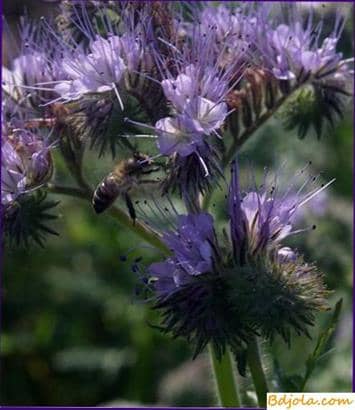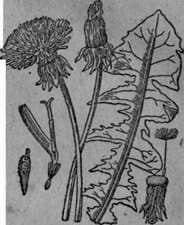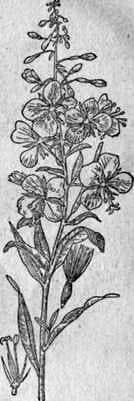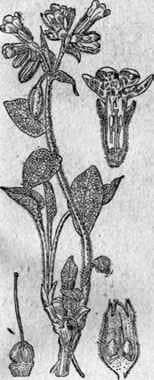
In Ukraine, on the floodplains of rivers and streams, there are large areas of meadows. They grow many honey plants that are important for beekeeping. Distinct meadows are flooded, dry and forest.
The vegetation of meadows is very diverse. The most rich in honey plants are flood meadows.
In the meadows, in addition to cereal grasses and sedges, which are of no importance for beekeeping, there are many good medonoses from the families of legumes, umbellate, composite, and others.
Mass blooming of meadow honey plants begins in the second half of June, and some of them, for example dandelions, yellow tulip and others, blossom much earlier.
Medosbor from meadow honey plants continues until the end of haymaking. For late bribes, the octaves of meadow grasses are important.
Honey from meadow plants of high quality, light, with a delicate aroma, is valued above most other honey. But honey from honey-plants growing on wet meadows, darker color and somewhat worse quality. On the floodplain meadows of the number of honey plants there are clover red, pink and white, yellow alfalfa, meadow sage, as well as meadow geranium, blackberry, etc. On wet meadows grow, except for some of the listed plants, as well as placoon-grass, mint, etc. Among the plants of dry meadows, forest glades and forest fringes, there are many honey-plants that produce large amounts of nectar: bruise, sage meadow, coral, budyak, tnie cornflowers, white and pink clover, feverweed, veronica, motherboard, burnet, Shandra, lungwort, blackberries, etc.. In the aftermath of the bees very often give bribes white clover, crybaby-grass,
Of great importance for beekeeping are the plains, that is, the land areas along the banks of large rivers flooded with water during. All spring and early summer. After liberation from water, they are partially covered by meadow vegetation, the lowest places are their marshy vegetation, and in some places plants of solonchak and sandy soils.
Fig. Dandelion

 Bisyne Figure
Bisyne Figure

Fig. Perennial cornflowers: a – cornflower cornflower; b – cornflower cornflower.
A large number of first-class honey plants grow on the meadows. There are large massifs of placoon-grass, Veronica, Comfrey, white-head sothuck, Cyprian, Willow Willow and other plants. In the Dnieper plain is very important; has a spray, giving a copious bribe.
In the floodplains, at the end of March, poplar and seagrass bloom, giving the bees the first bribe of pollen. In the first half of April, willow bloom, which emit a large amount of nectar and simultaneously provide bees abundant pollen bribes. After a few drops of water, in the second half of May, other plants bloom. With the listed spring honey-combs, there is often such a significant bribe that the beekeepers spend the first pumping of marketable honey.
In the summer in late June – early July, the main honey-plants bloom in the floods, of which the most important is the kiprei. The bribes from them continue throughout July and August. For the time of honey collection, especially late bribes, tens of thousands of bee colonies are transported to the floodplains. Honey from the flowering meadows are often darkish shades, often even with an admixture of padi.


Fig. Kiprej. Figure. Medunitsa.
Медовый зобик это. Пыльца или нектар для меда.
Feeding base of beekeeping